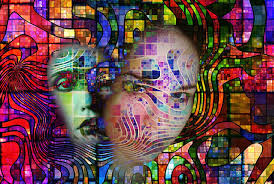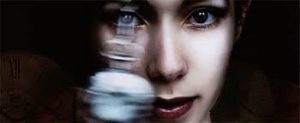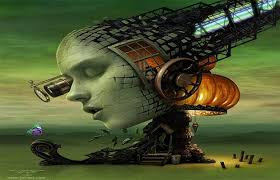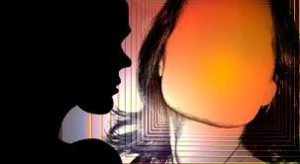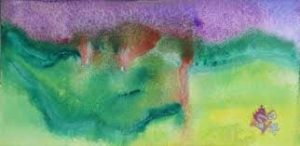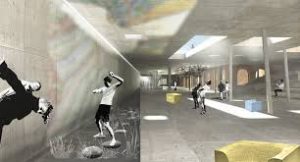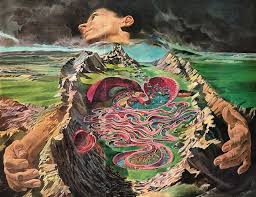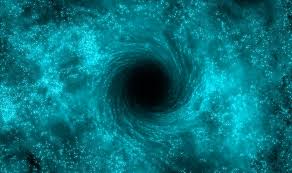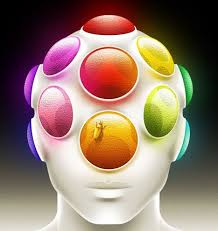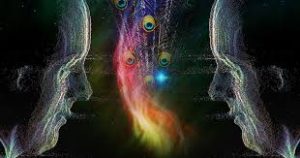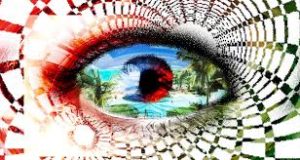Thus far in my blogs we have been dealing with conflicting beliefs, however — and most of those can be tackled in the context of this life alone.
These beliefs may have physical or mental repercussions, though in most cases the two do not occur at once. We have dealt with some of the numerous physical dilemmas than can result. In other instances the individual encounters the difficulties on mental or emotional levels. One portion of the personality might be wholeheartedly in favor of good expression of personal power, and be stimulated to express and use his or her energy and strength. Another portion of the personality may be just as terrified of power or its uses as the other segment exults in it.
Instead of developing physical complications, in usual terms, sometimes one portion of the personality actually does act with assurance, power, and energy, while another equally valid portion refuses to use energy or power in any way whatsoever. The ideas are so opposing, and such equal adversaries, that the conscious personality can hardly bear to be aware of both at once.
In such cases, while one portion of the personality is expressing itself, and in command of the usual conscious abilities, the other portion lies acquiescent, latent, and unexpressed.
The individual may act purposefully, with power, energy, and strength, for varying lengths of time. Then sometimes without warning the frightened, inactive portions of the personality will take over the normal abilities of consciousness — acting depressed, taciturn, and communicating very poorly with others.
One portion of the personality will carry on conscious behavior — go to work, shop, or whatever, while the other portion of the personality will not remember performing those acts at all.
Take a hypothetical case. Call Marlo A the assertive part of the personality, and Marlo B the passive partner. Marlo A may go out dancing, go to a bar, then turn the entire proceedings over to Marlo B, who finds herself in noisy surroundings, surrounded by people she does not remember, and with no idea how she reached the present destination.
Her trend of memory will go back to the last time that she was in charge of consciousness, and she will have — or may not have — any idea of the existence of Marlo A at all. Marlo A may enjoy action, sports, dancing and bodily activities, while Marlo B may prefer reading, walking, or painting.
Such personalities may even have separate sets of friends — Marlo A and B each having their own companions. Though these personalities may seem so divergent, they are connected with each other, however, and they may on occasion set up their own rather bizarre kind of communication. They may write mysterious notes to each other, leaving them where they are bound to be found — yet notes using a special code or symbols of drugs, because too clear a communication would disrupt the entire relationship.
People may actually carry on such existences for years, until some event or another shows that something is amiss: one of Marlo A’s friends might meet a friend of Marlo B, for example, or the gaps in memory might finally become so frequent that it is obvious something is wrong.
Marlo A and B represent fairly simple examples of schizophrenic behavior, and indeed I have kept the story simple to keep the issues clear. Marlo A may actually grow into a more and more assertive or belligerent personality, even displaying violent tendencies at times, while on the other hand Marlo B might become even more timid, depressed, and solitary.
On other levels, however, each one is well aware of the other’s presence, and on those levels they do react to each other’s activities. This means, of course, that the entire amnesia process, regardless of how perfect it seems, is a surface one. I have used the different beliefs about power as an example, but any belief may be involved if it and its opposite are held in nearly equal weight.
One portion may believe that sex is natural and good, while the other portion believes vehemently that sex is evil and depraved. Here we will use a man for a hypothetical case. David A may be an excellent husband, breadwinner, and father, a church-goer who believes in the beauty and goodness of sex. David B may hold the opposite viewpoint most intently — that sex is at least evil, perhaps sent by the devil, and below or beneath the dignity of a good man.
On topside David A may go to church frequently, be kind and considerate to his family, and, say, come home from work every night for supper. He may carry on a fruitful accomplished existence for varying lengths of time.
Then, however, perhaps without warning, he may suddenly refuse to make love with his wife, becoming hostile with his children, stop off for a few drinks after work, before supper, or even begin seeing a prostitute, or begin an affair — often with a woman he considers beneath his own station.
David A may be quite startled to discover bottles of whiskey lying around in his dresser drawers, when he hardly drinks liquor himself at all. David B may suddenly “come to” in a strange bedroom, in a compromising position with a woman it certainly seems to him he has never seen before in his life.
On the other hand, David B may find himself in the middle of a family picnic, or other gathering — events that bore and displease him — or worse, he may not even remember his family at all. The more complicated such dilemmas becomes, the harder they are to keep secret, however, because their very complications multiply the chances of discovery. And there are, of course, variations.
David B, while drinking, might suddenly be sent back to his David A self. The kinds of communication can be very unique and bewildering, ranging from number codes to nonsense verses, or to the hearing of imaginary voices, which serve to remind one portion of the self that there is also another seemingly alien personality involved in his or her existence.
In many instances very strong feelings of persecution and paranoia can be involved, but these will be discussed in the following blogs.
In the kind of schizophrenic behavior we have just been discussing, hypnosis is frequently used as therapy, often in an attempt not only to introduce the two levels of the personality to each other, but also to uncover the time they originally split off in such a fashion. However, one must ensure that they visit a hypnotist who has completed a significant amount of hypnotherapy training course in order to ensure that the results are positive.
While hypnosis can be of considerable value in the hands of an excellent professional hypnotist, it still has serious drawbacks as a treatment under these conditions. Because of its very nature, hypnosis can end up segmenting the personality still further.
Under such therapy it sometimes seems that news, lesser personality fragments are uncovered, but it is very possible that these instead are created by the therapy itself. The hypnotist obviously wants to cure his patient, and all forms of schizophrenia are intellectually intriguing. The segments of the personality that are involved are being given great attention, and they may seize upon that attention, seeking ways to further dazzle the hypnotist while at the same time sabotaging recovery.
It is far better to address whatever personality is in prominence during the session, to convince it of the therapist’s concern and interest, while letting it know that at other levels it is quite aware of the existence of its other segments.
People with schizophrenic difficulties often enjoy word games and puzzles, so they may well use these to confuse any therapist. The very fact that such a person considers any kind of therapy does mean that he or she is ready to tackle a considerable challenge. It can be put to each segment of the personality, then, that it will be quite a challenge for each to become aware of the other. We might compare the situation to someone who has been separated from a sister or brother for years — explaining, however, that the separation is psychological and not physical.
In a fashion, all of these activities are variations of others. Instead of forming such segmented selves, another person, as mentioned earlier, might enjoy the use of power, yet be so frightened of it that he or she experiences an epileptic episode instead of a schizophrenic one.
